Scrum 是一個廣泛採用的框架,用於管理和完成複雜的項目,特別是在軟體開發領域。Scrum 的核心是一個經驗主義的過程,這個過程基於三個關鍵支柱:透明度、檢查和適應。這些支柱對於確保 Scrum 過程保持有效、靈活並響應變化至關重要。讓我們深入探討這些支柱,並探討它們如何應用於 Scrum 框架中。 1. 透明度 (Transparency) 透明度是 Scrum 框架的基石。它確保過程的各個方面對負責結果的人可見。這種可見性使利益相關者能夠做出知情決策並了解項目的當前狀態。在 Scrum 中,透明度通過以下幾種方式實現: 每日站會 (Daily Stand-ups):這些短會議為團隊提供了每日同步工作和計劃未來 24 小時的機會。每個團隊成員分享他們前一天做了什麼,計劃今天做什麼,以及他們面臨的任何障礙。
Continue readingCategory: Scrum
Agile team: The Development Maturity
When teams first start agile development, little has changed, other than perhaps more meetings on the schedule. They may still operate separately or limit their interactions with customers. You might see the work break down into waterfall kind of tasks, then design user stories, then build stories, then test stories. Therefore, the “Agile Teams” are agile in form when they just walk around without understanding or accepting agile principles and values. Teams become agile when they think and act in line with agile values and principles.
Continue reading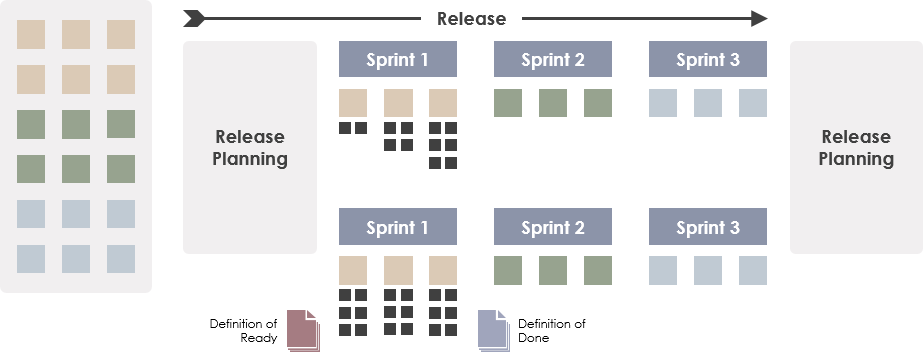
Definition of Ready in Scrum
The Definition of Ready is a set of agreements that lets everyone know when something is ready to begin, e.g., when a user story is ready to be taken into a sprint, or when all necessary conditions are right for a team to start a sprint. An appropriate definition of ready will substantially improve the Scrum team’s chance of successfully meeting its sprint goal.
Continue reading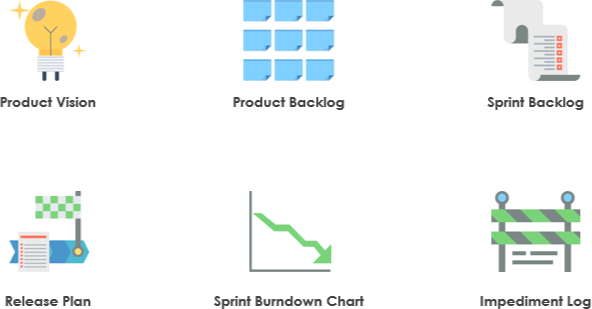
Transparency in Scrum
Transparency is the first important aspect of the Scrum process and must be visible to those responsible for the outcome. Transparency requires that these aspects be defined in their daily activities and artifacts so that teams can share a common understanding of what they see.
Continue reading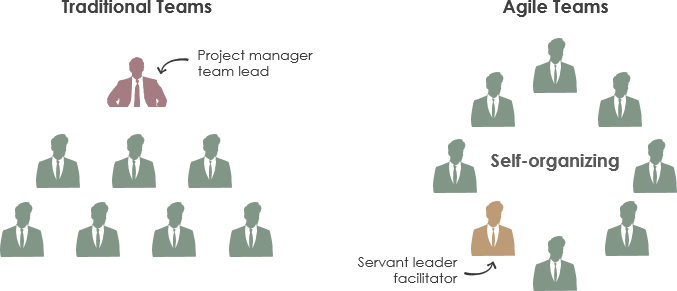
What is Self Management Approach?
A self-managed team is a group of employees who are responsible for all or most aspects of producing a product or service. The self-managed team is the basic unit of the new horizontal organization. Self-managed teams are an outgrowth of the earlier team approach.
Continue reading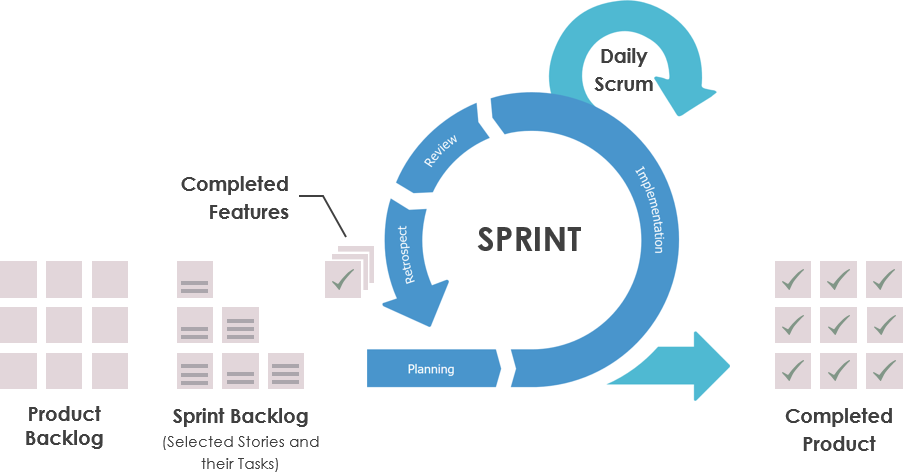
What is a Sprint in Scrum?
Sprint is one timeboxed iteration of a continuous development cycle. Within a Sprint, planned amount of work has to be completed by the team and made ready for review. Scrum projects are broken down into small and consistent time intervals referred to as sprints. They can be as short as a few days and generally are no longer than 3–4 weeks.
Continue reading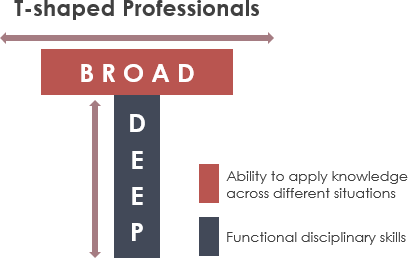
Cross-functional vs Self-organizing vs Feature vs Component Teams in Agile
“A Cross-functional teams have all competencies needed to accomplish the work without depending on others not part of the team” — Scrum Guide. In contrast to the component team approach, a cross-functional teams are groups consisting of people from different functional areas of the company. — it should be formed not only with technical specialists (Back-end, Front-end developers, QA engineers, etc.) but also consists of members like Business Analysts, Marketing and UX specialists or anyone else taking an active part in the project.
Continue reading
Scrum Guide Change: Self-Organizing vs Self Management Team
Scrum Teams are self-organizing and cross-functional. Self-organizing teams choose how best to accomplish their work, rather than being directed by others outside the team.
Continue reading
Writing Good User Stories
User stories are part of the agile approach and help shift the focus from writing requirements to discussing them. All agile user stories include one or two written sentences and, more importantly, a series of conversations about the desired functionality.
Continue reading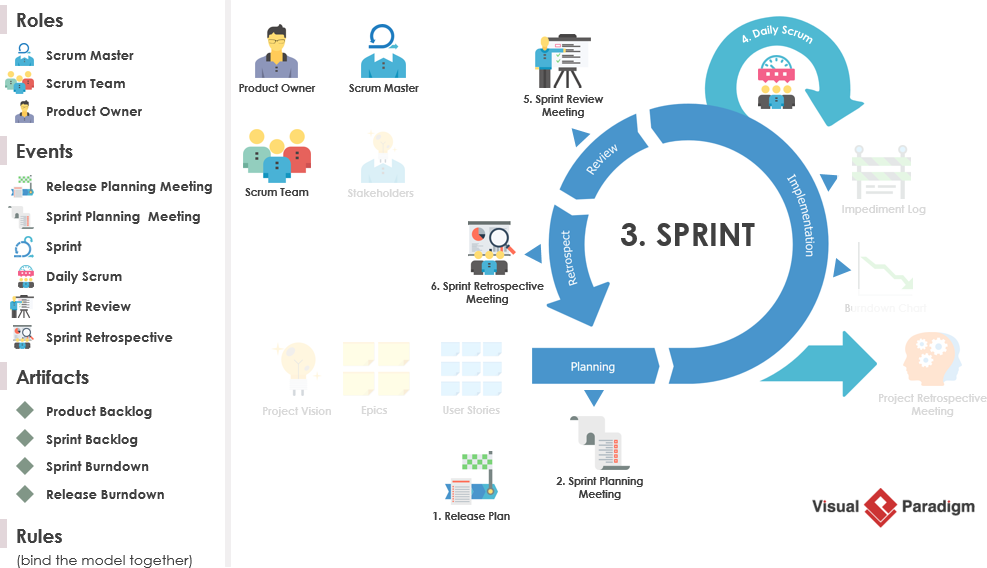
The 20 most frequently mentioned rules and guidelines in Scrum
The Scrum framework consists of Scrum Teams and their associated roles, events, artifacts, and rules. Each component within the framework serves a specific purpose and is essential to Scrum’s success and usage. The rules of Scrum bind together the roles, events, and artifacts, governing the relationships and interaction between them as shown in the Figure below:
Continue reading